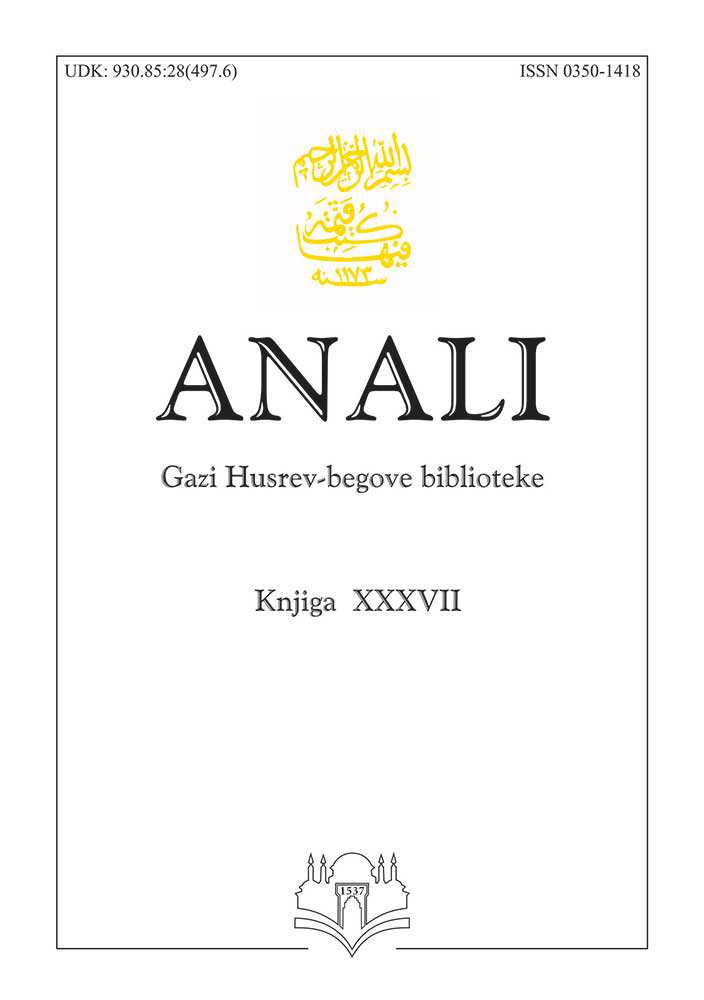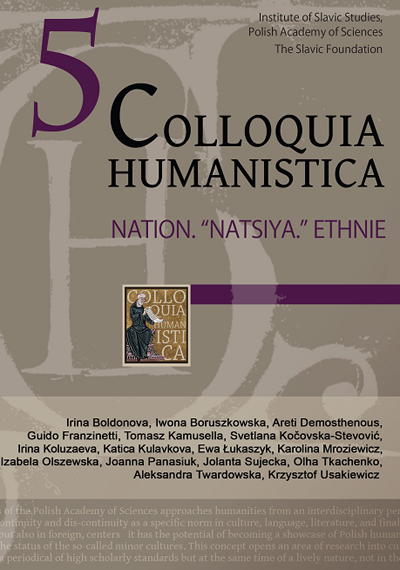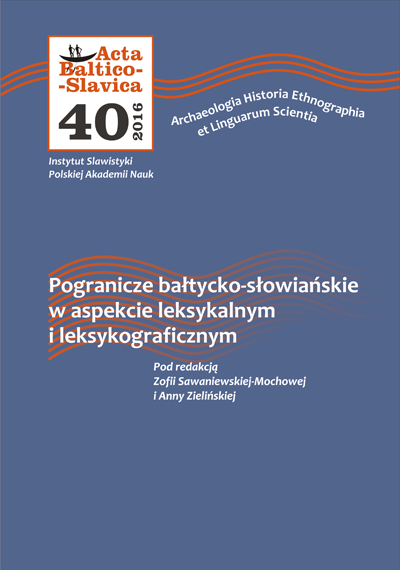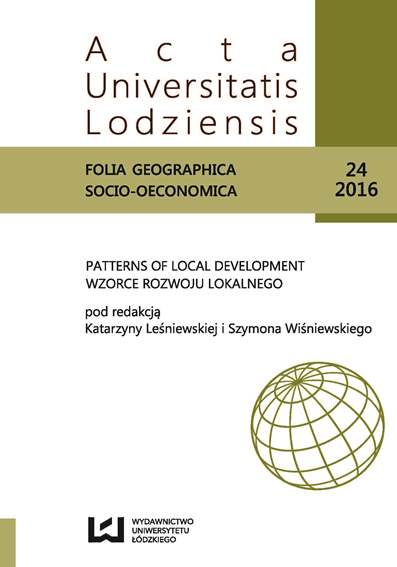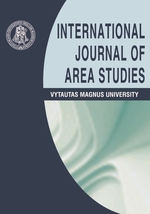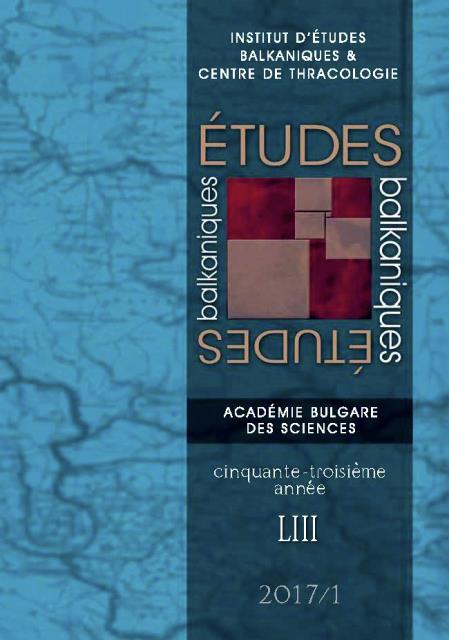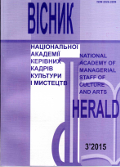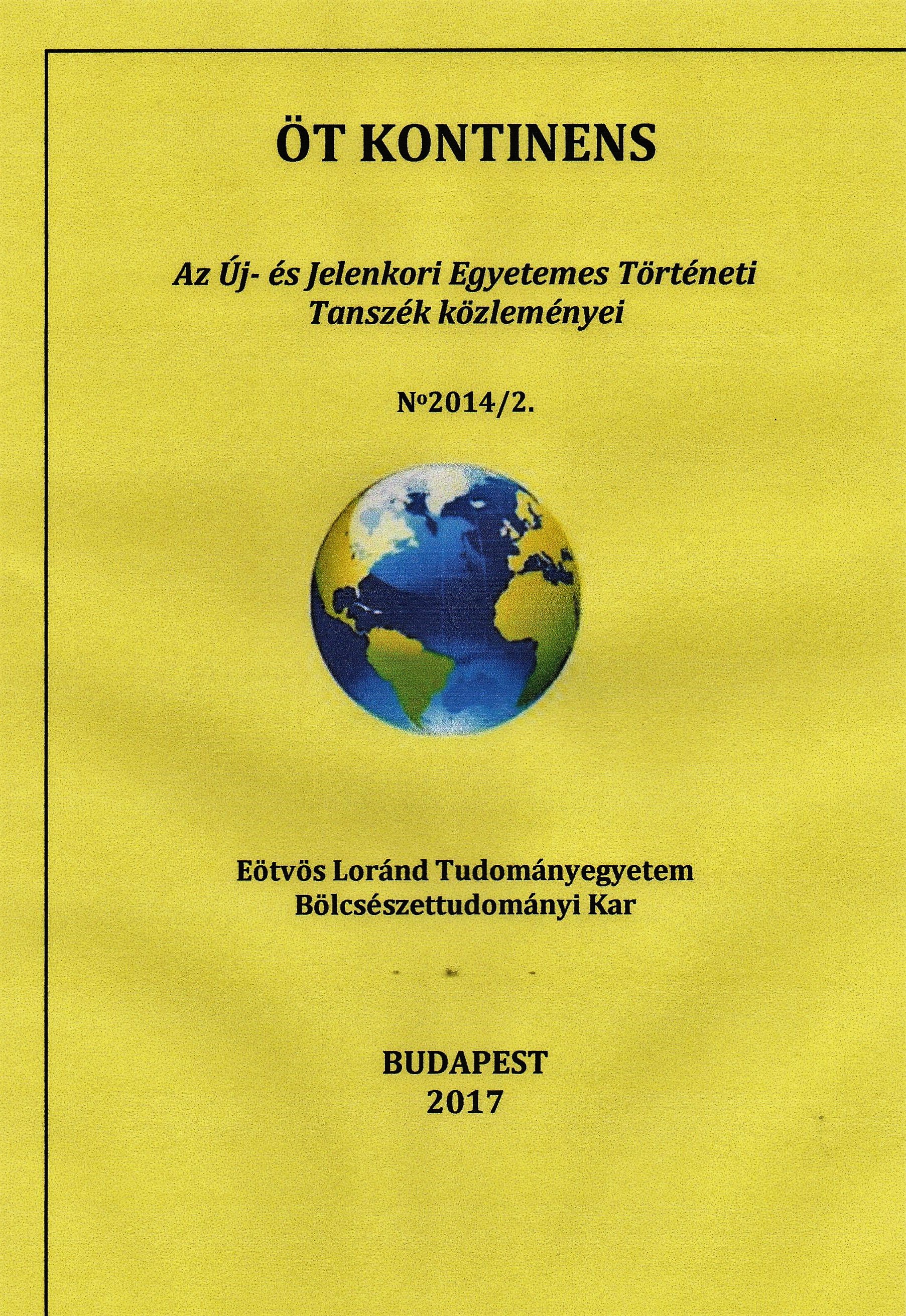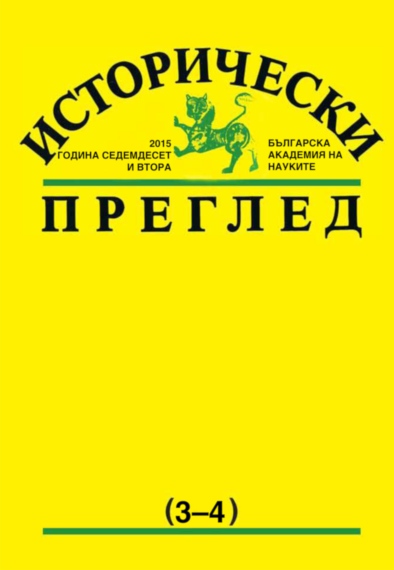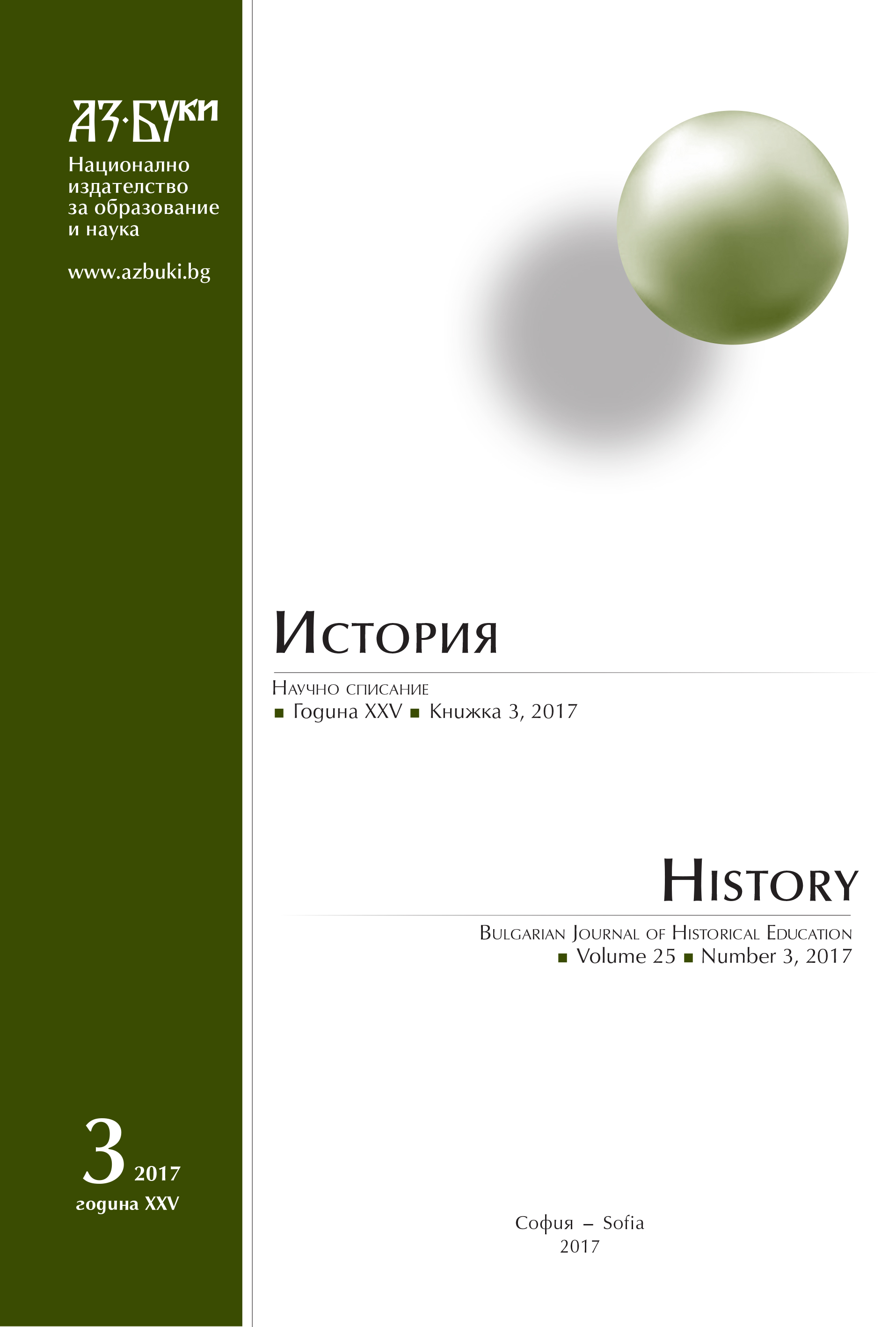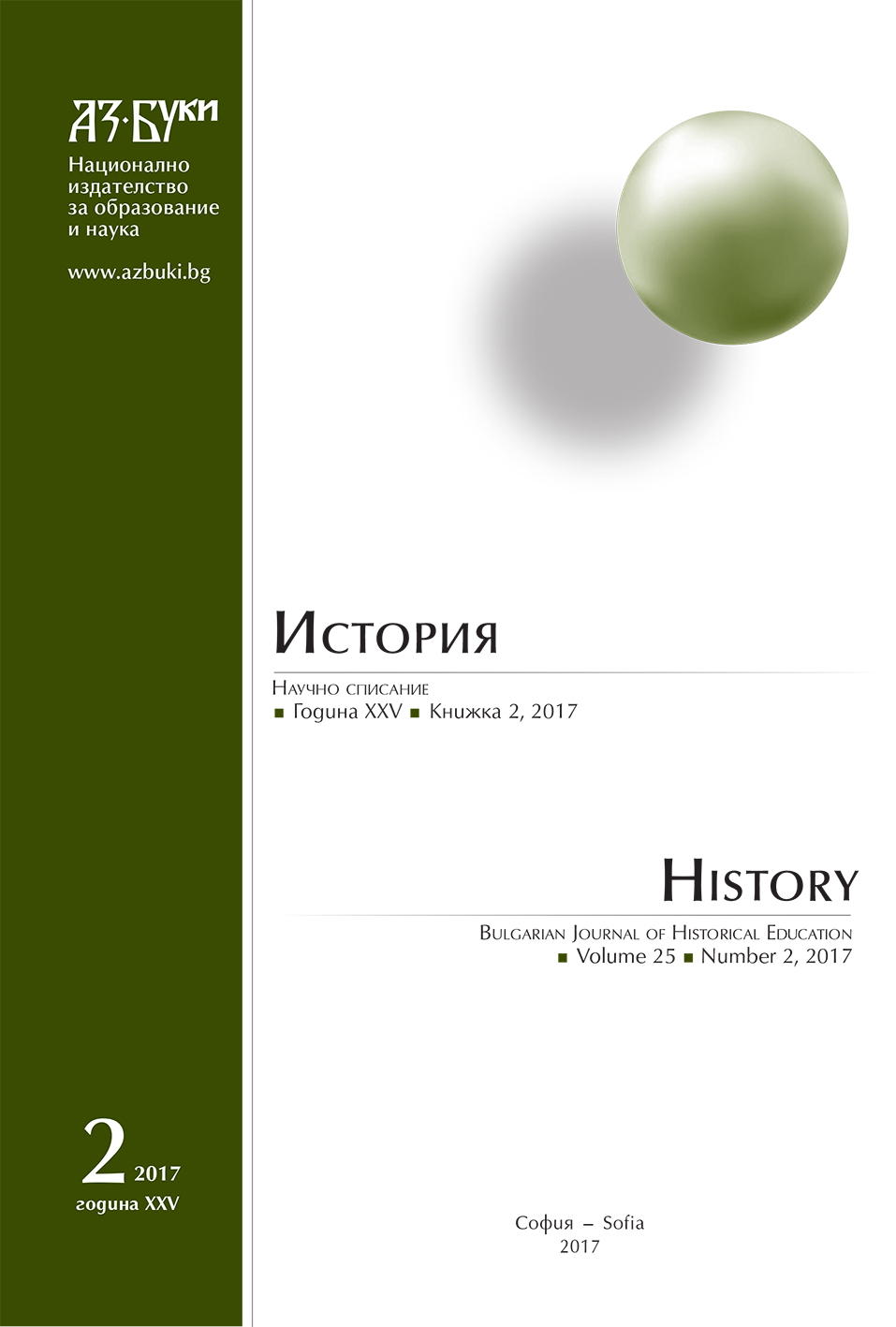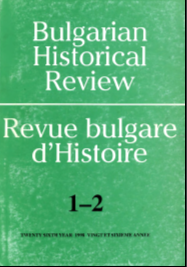Author(s): Victor Karpov / Language(s): Ukrainian
Issue: 3/2015
The article analyzes the process of becoming veksylolohichnyh traditions of the Cossack state (XVI – XVIII). Ukrainian Cossacks represented the Armed Forces of Ukraine in the XVI – XVIII centuries. Formed on the basis of state-forming forces (first Zaporizhzhya Bazavluk January 1590 – in 1638 and Cossack State Khmelnytskoho 1648 – 1657) from the end of the XVI century. became known Zaporizhia Army. By Cossack watches KLEYNOD, that character troops pertained regimental flags, centesimal icons hetman Bunchuk; Military music – drums; Cossack attributes of power – mace Hetman, colonels pernachi; Rush military judges, clerks ink.At first glance, this vast list of subjects for understanding and have irregular, random. But it reflects a concept, general requirements and aspirations to develop their own Cossack culture of the people – writing (scribes ink), Justice (Rush military judges), spirituality (music – drums), state (attributes Cossack power – mace Hetman, colonels pernachi) and Orthodox state (flags with symbols that reflect the essence of the aspirations of the Ukrainian Cossacks).History of prapornytstva Cossack army and origin veksylolohichnyh tradition meets the basic stages of formation of the Cossack state. Note that in pervogo Cossacks flags received. The emphasis on the fact of receipt of flags from different sources – from kings of the Commonwealth or of Muscovy, Russian Empire, the Ottoman Empire, Crimean Khanate, the Habsburg Empire, and even both at once a sign of their presence on the content of a pattern. Hiring of the European, and not just the Army, Cossack detachments received flags as symbols of mercenary. This shows the impact on the development of the Cossack state's own system of symbols in prapornytstvi other traditions of Ukrainian Cos-sacks – European, Moscow, Asian. During the Liberation War XVII. Cossack regiments at their own expense "stroyily", ie produced their flags of various sizes, formats and colors.So awarded the Cossack army flags of other countries have symbols of states and wore a sign of subordination, membership Cossack troops those countries. Cossacks honor bestowed flags. However, they had their own preferences, which were based on folk traditions. It turned out well during the war, proving the historical sources and preserved in museums originals flags.Significant prosperity acquired Ukrainian military in prapornytstvo legendary Cossack hetman day of the second half XVII. During the long years of constantly enrich, strengthen national features in form and content, the creation of regimental, centesimal banners, flags for military campaigns. Among the heraldic symbols that they used the Cossacks on their banners – sun, moon, crescent, six-, seven-, vosmykonechni stars, weapons, circles depicting saints. As an ex-ample, the 36 flags of the regiments Zaporozhian first half of the seventeenth century. Image 9 times find Michael, The-otokos – 8, Nicholas – 7, George – 3 [16, 747].Obverse and centesimal regimental flags had been a new logo – knight Cossack with a gun in yellow (golden) shield on a blue field panel, reverse – regimental or squadron emblem corresponding to the specified color image. Only after the abolition in 1764 Cossack with a gun disappears from government seals, but later appears as a sign of the Kuban Cossacks Black Sea [33, 11].Prapornytstva Cossack traditions have evolved and during the eighteenth century. In 1709 Cossack regiments and Cossacks huts that remained loyal to Ivan Mazepa, had their own flags, "Eagle archangel and Ukraine Zaporozhye povivaly of the army" [32, 128]. In 1712 Peter I issued the act whereby regiments had flags to produce the Armory in the Kremlin. In the Cossack prapornytstvo all nastiylyvishe penetrates Moscow heraldic tradition. During the second half of the XVIII century. to some extent continued "unification" colors and images on the banners of Cossack regiments. It can be explained by the design of the Cossacks as a specific part of the Russian army at the time, which contributed to relative institutionalization flags samples for this kind of armed forces. In the second half of the eighteenth century. there was an established system images on regimental and centesimal signs: national emblem – the double-headed eagle, the national emblem – a Cossack with a musket and arms of regimental and centesimal cities. Striking evidence of this is the flag Domontovskloyi hundreds Pereyaslav Regiment [1, 283].Thus, the Cossacks historiography symbols indicates the presence of sufficient historical sources and artifacts that reveal the theme of the origin and development veksylolohichnyh traditions of Cossack troops in XVI – XVIII centuries. Symbols Cossack state, which found reflection in the flags passed a difficult way of evolution. First, the foundation were taken heraldic symbols of the Polish-Lithuanian state – the Commonwealth. Later in the Russian cossack banners appear, Austrian, Turkish state symbols. Employing Cossacks for military campaigns, monarchs gave them jewelry, which then remained in the camp. This stage of the use of symbols of the protectors. During the Liberation War 1648 – 1654 рр. Cossacks produced their own idea of symbols and colors flags, flags of different colors used with the image of stars, crosses, month, or hetman territorial emblems. The second half of the eighteenth century. became Ukrainian Cos-sack era heyday own prapornytstva.
More...

